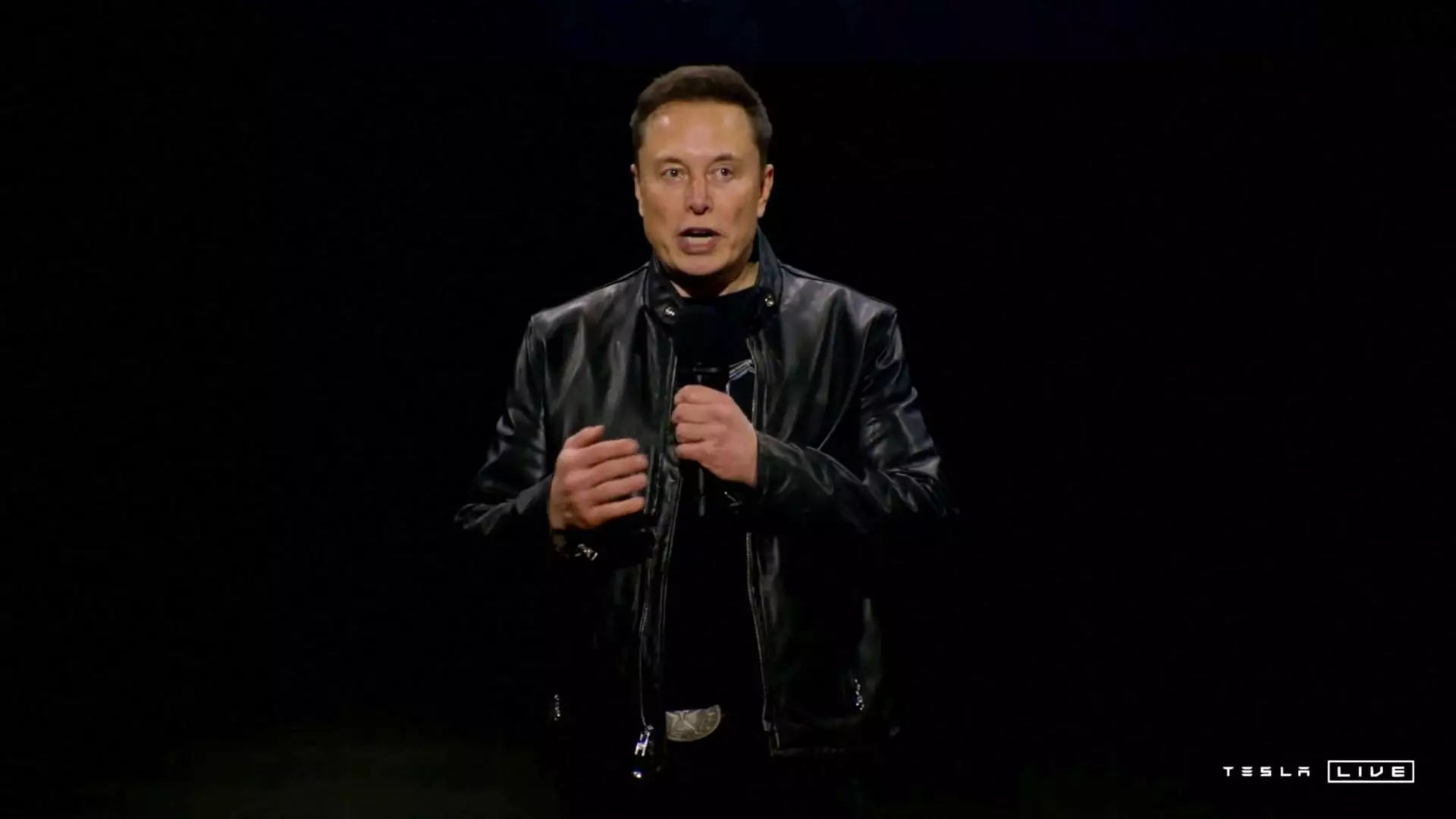Tesla’s recent quarterly report has unveiled significant insights into the company’s performance during the fourth quarter of 2024. The figures, while impressive on the surface, indicate a troubling trend as the company navigates a rapidly evolving EV landscape.
In the fourth quarter of 2024, Tesla reported a total of 495,570 vehicle deliveries and 459,445 in production, marking a notable transition from the previous year. The annual total for 2024 saw deliveries of 1,789,226 vehicles against a production figure of 1,773,443. This data reveals a critical juncture for Tesla, as it has experienced its first annual drop in deliveries since the company’s inception. The 2023 figure of 1.81 million deliveries positions 2024’s performance as a stark decline that cannot be overlooked.
Such statistics are consequential given the immediate market reaction—Tesla’s shares slid by 7% on the very day of the announcement. Analysts had forecasted greater numbers, expecting around 504,770 deliveries with a heavier emphasis on the Model 3 and Model Y, two of Tesla’s flagship vehicles. Comparisons with independent researcher predictions showcase a disparity in expectations that has raised eyebrows in investor circles.
Stock Performance and Investor Sentiment
Tesla’s stock, which rallied by an impressive 63% during 2024, has retreated from its peak, postulating that investors may be becoming skeptical. A significant factor contributing to this downturn has been the discrepancy between projected and actual deliveries. The previously soaring stock prices had painted a picture of an invincible market leader, but the latest results have jolted that illusion, calling into question whether expectations are aligning with real-world performance.
Despite Musk’s conviction during prior earnings calls that Tesla would see increased sales in the coming year, he also cautioned about a slowdown in growth rates expected to dip below 38%. With a combination of price cuts, buyer incentives, and a looming question about demand, the outlook for 2025 could hinge significantly on strategic shifts in Tesla’s production and sales tactics.
Elon Musk’s recent involvement in political campaigns has also created a ripple effect within the company. His financial backing of GOP candidates, including around $277 million for President-elect Donald Trump’s campaign, drew criticism and concern from industry analysts. Commentators suggest that Musk’s political foray may have diluted his focus on the automotive realms, an assertion that, if valid, could be contributing to Tesla’s struggles to maintain leadership amid growing competition.
Once the vanguard of electric vehicles, Tesla now faces an avalanche of competition from established auto manufacturers. Companies like General Motors and Ford are ramping up their EV offerings, while upstarts such as Rivian are also making significant inroads. In international markets, competitors like BYD and European auto manufacturers—BMW and Volkswagen—are intensifying the pressure.
As industry experts point out, the task of being a car manufacturer is a complex endeavor. Tesla has prided itself on its vehicle performance and charging infrastructure, yet the challenge remains about differentiating itself from now-established competition. With sales decreasing, particularly in Europe where sales fell approximately 14% year-on-year, it’s crucial for Tesla to realign its strategy to regain market share.
The Road Ahead: Strategic Options for Recovery
Looking forward into 2025, Musk has hinted at a strategic pivot that may include the introduction of lower-cost and autonomous models, which he projects could lead to a growth trajectory of 20% to 30%. This approach will need to be deftly executed as the EV market becomes saturated and consumer expectations evolve.
Furthermore, Tesla’s performance with the Cybertruck remains under scrutiny; despite anticipation, the angular vehicle’s entry into the market has not been as successful as expected, causing inventory issues. This raises critical questions about Tesla’s product development strategy and its alignment with consumer demand.
Tesla’s end-of-year performance in 2024 marks a pivotal moment for the company. As it faces the dual challenges of competitive pressures and evolving market dynamics, its ability to innovate and adapt will be essential for maintaining its leadership position. Stakeholders will be closely monitoring how Tesla navigates these challenges and what strategic directions Musk and his team will take in the years ahead.


Leave a Reply